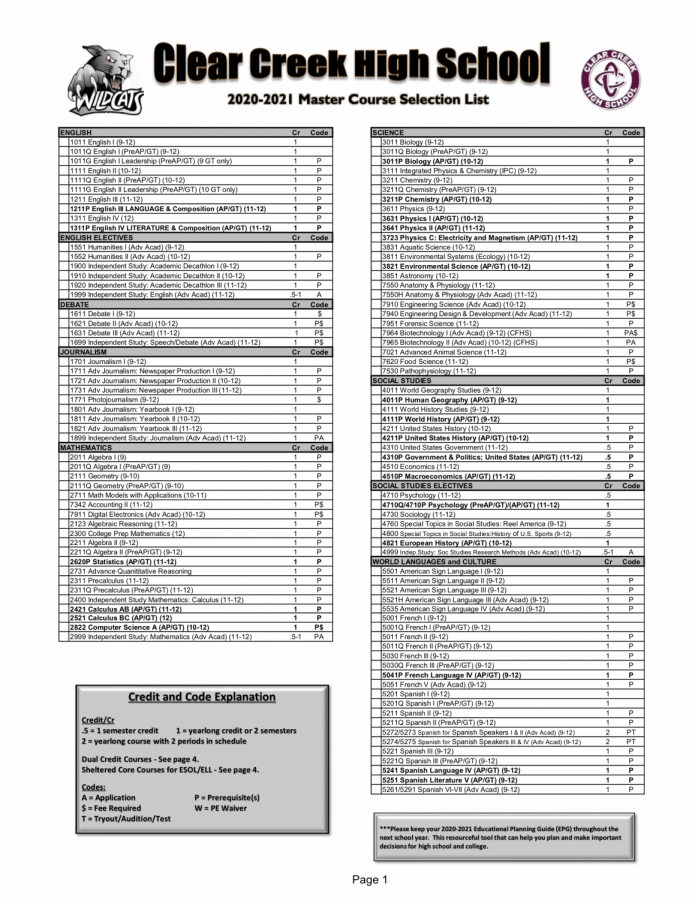Overuse of agricultural antibiotics leads to illness
Travelers can tour Fredo Leche, a farm where visitors can milk cows. (Terri Colby/Chicago Tribune/TNS)
January 7, 2016
Antibiotic-resistant bacteria that regularly show up in meat was discovered as a significant public health threat according to the American Academy of Pediatrics.
“We know our side is not perfect, physicians do bear some responsibility for this and there has not always been a prudent use in our practice, we are doing something on our side to fix this. We also want to make sure the government agencies and agribusiness will look at this as a serious issue as well and get these unnecessary antimicrobials out of the production stream,” pediatrician Dr. Jerome Paulson said.
In 2012, most antibiotics in the United States were not sold to help humans. Some 80%, or 32.2 million pounds, of antimicrobial agents were for use with animals, according to the report. Some 60% of those drugs are the same ones that help fight infections in humans. If overexposure to antibiotics creates bacteria that can tolerate those drugs, that means doctors will no longer be able to use them to help treat people, hence this is a public health threat.
In practice, farmers are not giving these drugs solely to help sick animals. Most are given in low doses as a precaution or are used to help animals grow. A 2013 voluntary guidance change from the Food and Drug Administration that is being phased in over three years was created to curb some of these uses.
The guidance encouraged animal pharmaceutical companies to change labels on these drugs to exclude being used as a growth agent. Farmers were previously able to walk into any feed store and buy the drugs without a prescription, but now a licensed vet is supposed to oversee their use. However, the pediatricians report includes that the policy changes may not be enough because the lines between disease prevention and growth promotion are not always clear, the current FDA policy may allow drug manufacturers to continue using ambiguous language on labels of antibiotic drugs.
Approximately two million Americans get sick with infections caused by antibiotic-resistant bacteria every year and about 23,000 people die from these infections, according to the Centers for Disease Control and Prevention. One of the ways people get these infections is through eating contaminated food.
While they are not all antibiotic resistant, children four and younger experience some of the highest number of foodborne diseases, according to the CDC. If you fix the overuse of these antibiotics in animals, you reduce the number of people who get sick.
“I do see antibiotic-free meat much more available in the marketplace,” Paulson said.
Until the problem resides, the co-author of the report, Paulson, said he will continue to encourage parents to buy meat with a label stating there are no antibiotics added.
“Maybe as more parents demand this option, the marketplace will help take care of this problem,” Paulson said.

















